When choosing a slitting machine, material thickness is the primary factor in determining equipment rigidity, power, accuracy, and configuration. The wrong choice can lead to constant cutting, burring, poor accuracy, and even damage to the equipment.
Here's a detailed guide to selecting a slitting machine based on material thickness:
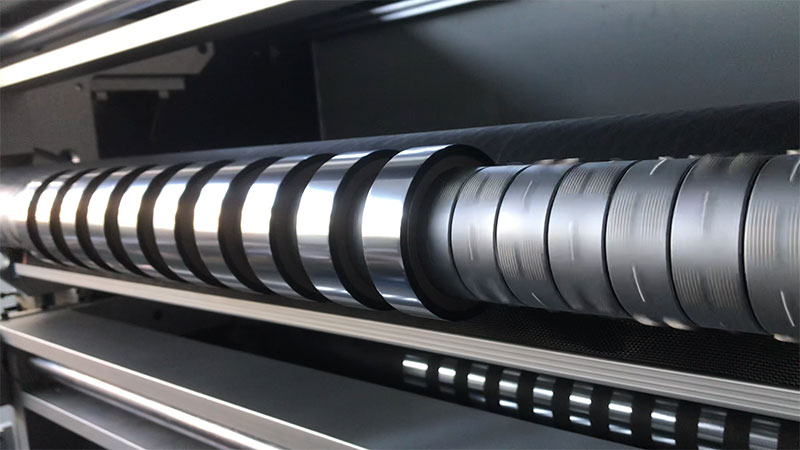
Step 1: Define your material thickness range
First, you need to be clear about the material thickness you will be machining, including current and future involvement. Thickness is usually expressed in millimeters (mm), filaments (1 filament = 0.01mm), or micrometers (μm).
We can roughly divide material thickness into several intervals:
1. Ultra-thin material: < 0.05mm (50μm)
◦ Common materials: high-end capacitive film, ultra-thin plastic wrap, gold/silver foil, photosensitive adhesive film, release film, etc.
2. Thin material: 0.05mm - 0.5mm
◦ Common materials: ordinary plastic film (PE, PP, PET, BOPP), copper/aluminum foil, paper, non-woven fabric, composite materials, etc.
3. Medium thickness material: 0.5mm - 1.0mm
◦ Common materials: rigid plastic sheets (PVC, PC, PET), cardboard, rubber sheets, insulation materials, thin metal sheets, etc.
4. Thick/rigid material: > 1.0mm
◦ Common materials: corrugated cardboard, sponge, foam board, fiberboard, acrylic board, thicker metal foil, etc.
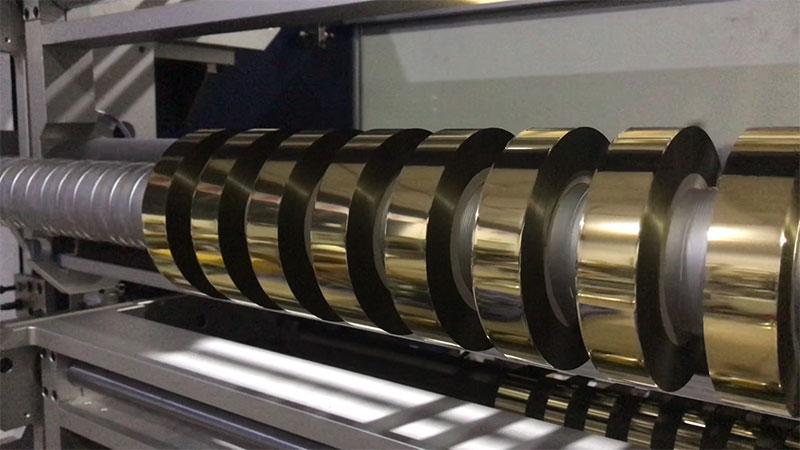
Step 2: Select the type of slitting machine and key configurations according to the thickness range
Different thicknesses have very different requirements for the core components of the slitting machine.
1. For ultra-thin materials ( < 0.05mm )
• Core Requirements: Extreme precision and stability to prevent material stretching, wrinkling, and jitter.
• Recommended model: high-precision gantry/double wall slitting machine
• Key configuration requirements:
◦ Tension control: A full closed-loop tension control system (usually a floating roller or ultrasonic tension sensor) must be used, with an accuracy of up to ±1 gram. The magnetic powder clutch is no longer up to the task.
◦ Tool holder system: Razor Slitting or pneumatically supported round blades are preferred. The slightest torque generated by the upper and lower circular knife shears can cause ultra-thin wrinkling. For extremely thin materials, even ultrasonic slitting is used, which is cut off by high-frequency vibration melting, without burrs and chips.
◦ Mechanical rigidity: The body must be very stable, with highly rigid materials such as high-quality cast iron to dampen vibrations.
◦ Drive and transmission: The servo motor is directly driven to avoid the loss of accuracy caused by gear backlash. The dynamic and static balance level of each roller is extremely high.
◦ Guiding System (EPC): It must be equipped with a high-precision guidance system to ensure that the edges of slitting and winding are neat.
2. For thin materials (0.05mm - 0.5mm)
• Core Needs: Balance of precision, efficiency, and versatility.
• Recommended models: Standard gantry slitting machine or high-performance double wall slitting machine
• Key configuration requirements:
◦ Tension control: Precision powder clutch/brake or servo vector torque control can meet most needs. For high-end applications, closed-loop tension control is also available.
◦ Tool holder system: This is the most versatile range, with the upper and lower circular cuts being the most common and efficient option. The blade material (carbon steel, alloy steel, ceramic) and blade angle need to be selected based on material properties (e.g., toughness, viscosity).
◦ Unwinding method: According to the diameter and weight of the roll, you can choose the air expansion shaft rewinding and unwinding or the loading trolley.
◦ Roller Pressing Device: It is necessary to be equipped with a well-equipped winding roller to control the winding tension and tightness and avoid air entrainment ("chrysanthemum core").
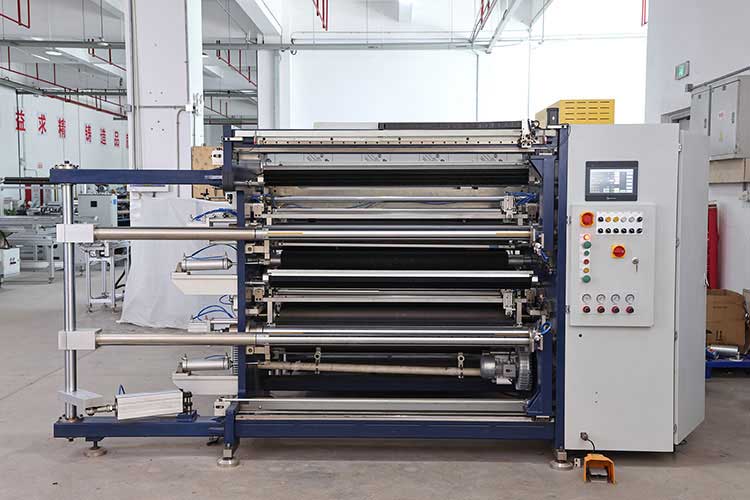
3. For medium thickness materials ( 0.5mm - 1.0mm )
• Core Requirements: Greater cutting forces and system rigidity.
• Recommended models: Heavy duty double wall slitting machine or reinforced slitting machine
• Key configuration requirements:
◦ Powertrain: The motor power needs to be significantly increased to provide enough torque to pull and cut through harder materials.
◦ Tool holder system: Must be sheared with heavy-duty upper and lower circular knives. The cutter shaft has a thicker diameter and larger bearings to withstand greater cutting stress. The blade needs to be more wear-resistant.
◦ Body structure: The frame and wall panels need to be reinforced to prevent deformation or vibration during the cutting process, affecting the cutting quality.
◦ Tension control: The tension range needs to be wider, and the control system needs to be able to handle the inertia effects of material rigidity.
4. For thick/rigid materials ( > 1.0mm )
• Core Requirements: High power and extremely high mechanical strength.
• Recommended models: heavy-duty slitting machines or specialized slitting equipment (e.g. slitting lines)
• Key configuration requirements:
◦ Cutting Method: For very thick materials, such as sheets of a few millimeters, a Crush Cut may be more suitable, but it will produce chips. For metal foils, the roller shear method is used.
◦ Power and Transmission: High-power motor, heavy-duty gearbox or worm gear transmission, ensuring smooth and strong power output.
◦ Structural design: The whole equipment is like an industrial machine tool, welded with extremely heavy steel plates and structural parts.
◦ Auxiliary equipment: It is usually necessary to integrate uncoilers, winders, waste edge winding devices, etc., to form an automated production line.
Summary and selection checklist
In addition to material thickness, the following factors need to be considered before making a final choice:
1. Material Type: Is it film, paper, metal, or composite? Material properties (e.g., elasticity, stickiness, brittleness) influence blade selection and tension settings.
2. Slitting Width and Diameter: The maximum unwinding diameter, rewinding diameter, and slitting width determine the overall size and shaft configuration of the machine.
3. Production Speed: The desired production line speed (m/min) influences the requirements for dynamic accuracy and stability of the equipment.
4. Slitting method: Is it rewinding and slitting (slitting) or single-roll slitting (slicing)?
5. Degree of automation: Do you need features like automatic unloading, online inspection, and data logging?
6. Budget: The price of devices varies significantly between configurations and brands.
Final recommendations:
After clarifying your own needs, be sure to bring your actual material samples to the equipment manufacturer for on-site testing. This is the only reliable way to verify that the equipment truly meets your requirements for slitting quality, efficiency, and stability.
Hopefully, this guide will help you make an informed selection decision!
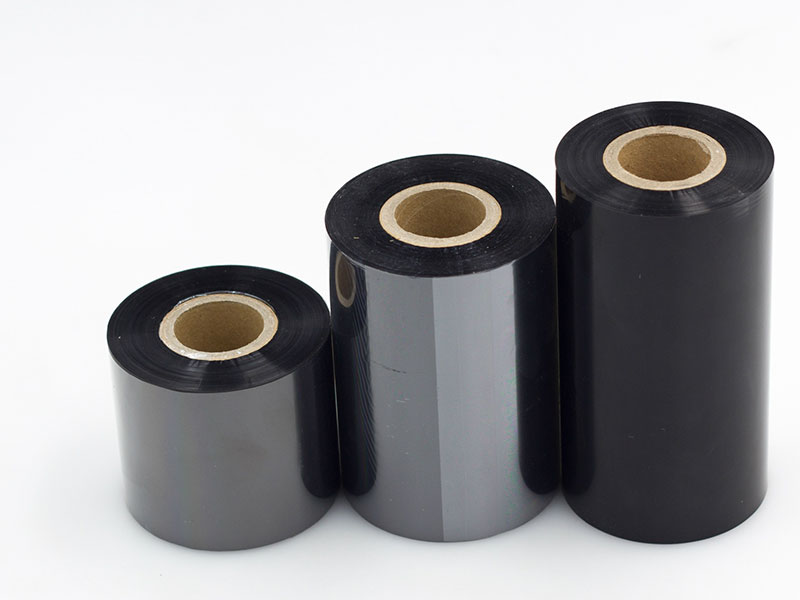
it uses precise cutting to cut out a more economical, more efficient and more environmentally friendly development path for enterprises.
29. December, 2025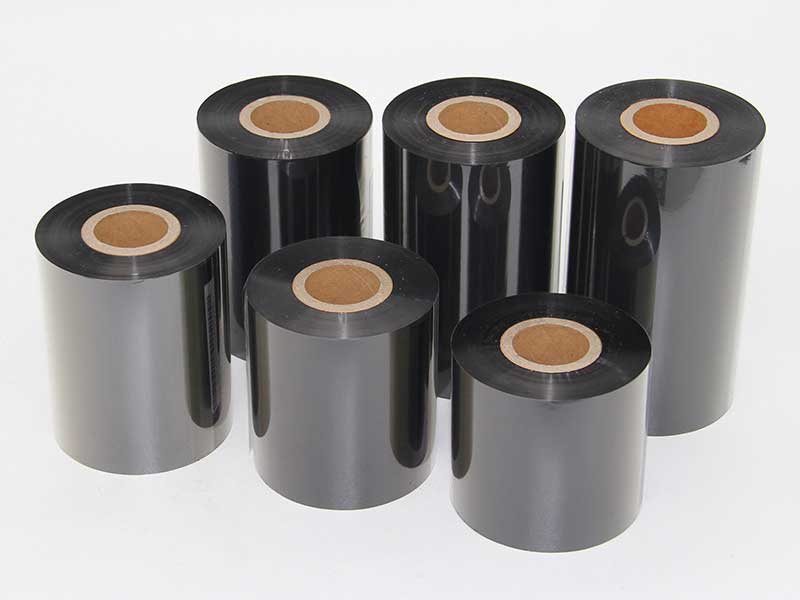
Modern high-quality ribbon slitting machine combines automation, intelligence and high precision:
29. December, 2025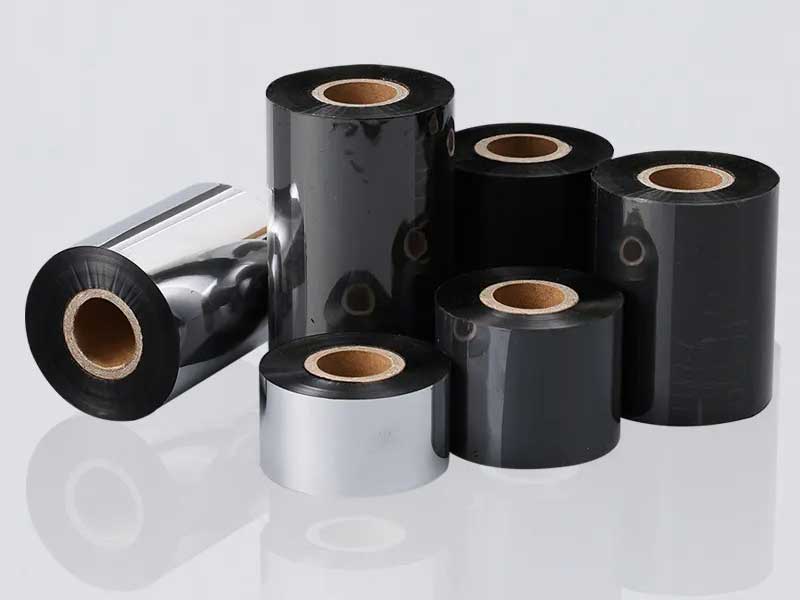
Through precise local upgrading, process optimization and intelligent transformation, small and medium-sized enterprises can achieve a great leap in production efficiency with limited resources.
29. December, 2025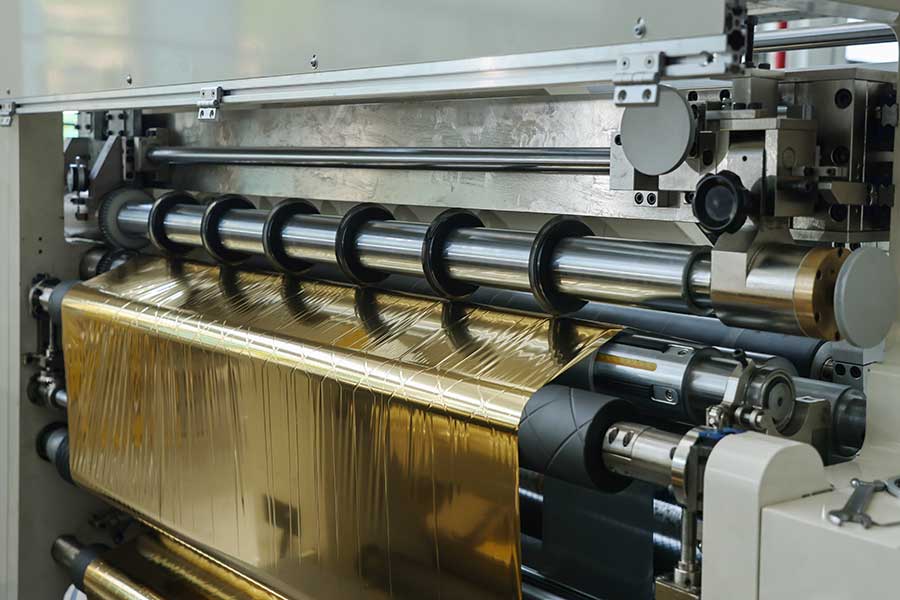
This seemingly simple piece of equipment is quietly changing the production efficiency standards of the entire industry.
27. December, 2025
A hot stamping foil slitting machine that can truly carry the trust of users must be the culmination of the following characteristics.
27. December, 2025